This locally foraged experimental hot sauce went all out, consisting of fiddleheads, ramp and stinging nettle. Here's how it turned out...
When I asked Justin from North of Boston Farm in March, when the fiddleheads would be coming in, he said it’s really hard to tell, and sometimes they can only be harvested for a one or two week window. But they’d be coming soon!
On the Craft Hot Sauce Podcast, I’ve interviewed other hot sauce makers like Tim Paulman, of Paulman Acre, who shared his experience foraging and cooking morel mushrooms in a special limited edition hot sauce. So naturally, whenever I learn about new foods, I think how would this work in a hot sauce?
With a fresh local harvested food with this much flavor, and it being so elusive in the other 11 months of the year, I thought that making a fiddlehead hot sauce would be a creative culinary challenge and a good way to preserve the flavor of fiddleheads throughout the whole summer.
I began thinking about this hot sauce recipe last month, and thought if fiddleheads would be at the forefront, what else would go in the hot sauce? It was at this point I stumbled upon people celebrating the wild leek that is, ramp.
My friend Deanna mentioned she had a patch of ramps near her farm, and she has been foraging and cooking spring alliums for a long time. Ramp is a type of wild leek that exudes a garlic smell and can take 7 years to mature, making responsible foraging even more important.
Now that I was also foraging ramp, I officially went all in on foraging mode; harvesting stinging nettle, daylilies, and I sought out the most local quality honey and mint I could find. The nettle, mint and honey ended up in an infused tea and vinegar used as the liquid in the hot sauce.
The recipe for this local foraged hot sauce consists of 14 ingredients, 6 of which I had never cooked with before. This recipe equates to about 60 oz of hot sauce.
Ingredients:
Fiddleheads - 20 oz
Ramp - 16 oz
Jalapeno - 12 oz
Thai Chili - 8 oz
Daylilies - 4 oz
Shallot - 4 oz
Garlic - 4 oz
Galanga - 3 oz
Lemongrass - 1 stalk
Basil - 2 oz
Mint - 1 oz
Peanut Oil - 1 tbsp
Sesame Oil - 1 tbsp
Salt - 2 tbsp
Lime Juice - 16 oz
Ingredients for Infused Vinegar and Tea
Two 32 ounce mason jars
28 oz of water
28 oz of vinegar
30 leaves of stinging nettle
10 leaves of mint
15 thai chilis
2 tbsp of honey
Step 1 - Make stinging nettle tea and infused vinegar
Harvest stinging nettle (bonus points if you don’t get stung!). In each mason jar, put about 15 leaves of nettle, 5 leaves of mint, 7 Thai Chilis and 1 tablespoon of honey. Boil two quarts of water and put 28 oz of water into one mason jar. Do the same with the vinegar. I had a third mason jar that I put half water and half vinegar in, so that I could make sure I had enough liquid to mix with the cooked ingredients. Seal the jar, mix gently, and allow to steep for at least 12 hours.
Step 2 - Boil the fiddleheads
Bring a pot of water to a boil and put in the fiddleheads. Keep it at a simmer, cooking for 7 minutes before draining.
Step 3 - Sauté and simmer ingredients.
Heat up some peanut and sesame oil over medium to high heat in a large pot. Add shallots, then garlic, then galanga. Once shallots begin to brown add in the fiddleheads and ramp. After a couple minutes add in jalapenos and thai chilis. Add salt, and bring down the temperature to allow the mixture to simmer for five minutes.
Step 4.
Take the two mason jars with the nettle infused vinegar and tea and strain the leaves and thai chilis. Add the infused tea, vinegar and lime juice into the pot with the other cooked ingredients. If you have an immersion stick you can blend it in the pot, or you can mix the contents in a blender.
Step 5.
Take the blended up hot sauce and heat up in a pot. Tie a lemongrass knot and put it in as the hot sauce is heating in the pot. If you have a cooking thermometer you want to cook the hot sauce until it reaches at least 180 degrees. If you don’t have a thermometer you can wait until it almost boils. Pour the hot sauce into clean and sanitized jars. After usage, the hot sauce should remain refrigerated.
What was the end result?
I’ve been having a hard time describing the taste of this hot sauce because it’s so different from any other hot sauce I’ve tasted or made. The smell is pungent, earthy and naturally spicy (not heat like spicy, but in a bitter mustardy type spice). If you know the potent smell of ramp you will pick up the smell, otherwise you can tell there is a potent fresh flavor in the bottle.
Upon tasting, the immediate flavor comes from the fiddleheads and ramp. The ramp is at the bottom of the flavor with a deep garlicky base, and the fiddlehead fills in the flavor with a hearty asparagus-like taste. Right when you’d expect a sweetness in a hot sauce to come in, you get a couple different bitter bites. One bite is the heat that Thai chili provides, along with the jalapeno peppers. The other bite is bitter and from the lime juice. Overall it smooths out, and while I couldn’t distinctly taste the mint or nettle flavor, there’s a complexity in this hot sauce that must come from the infused vinegar and tea.
I’ve been using this hot sauce on oatmeal, sandwiches, eggs and smoothies. Craig from Gormley's Cafe strutted over when I was selling Craic Sauce at Western Ave Studios Open Market and put the fiddlehead hot sauce in his coffee. The four people who saw the stunt asked if people usually do that, and I said “”Absolutely, welcome to Lowell!”
This hot sauce is not for sale and we have no intention of making a version of it because we don’t want to over harvest anything, and it was also super time intensive! However, we had a ton of fun making it and encourage you to make your own kitchen version, or try our other hot sauces in the Craic Sauce Complete Collection.



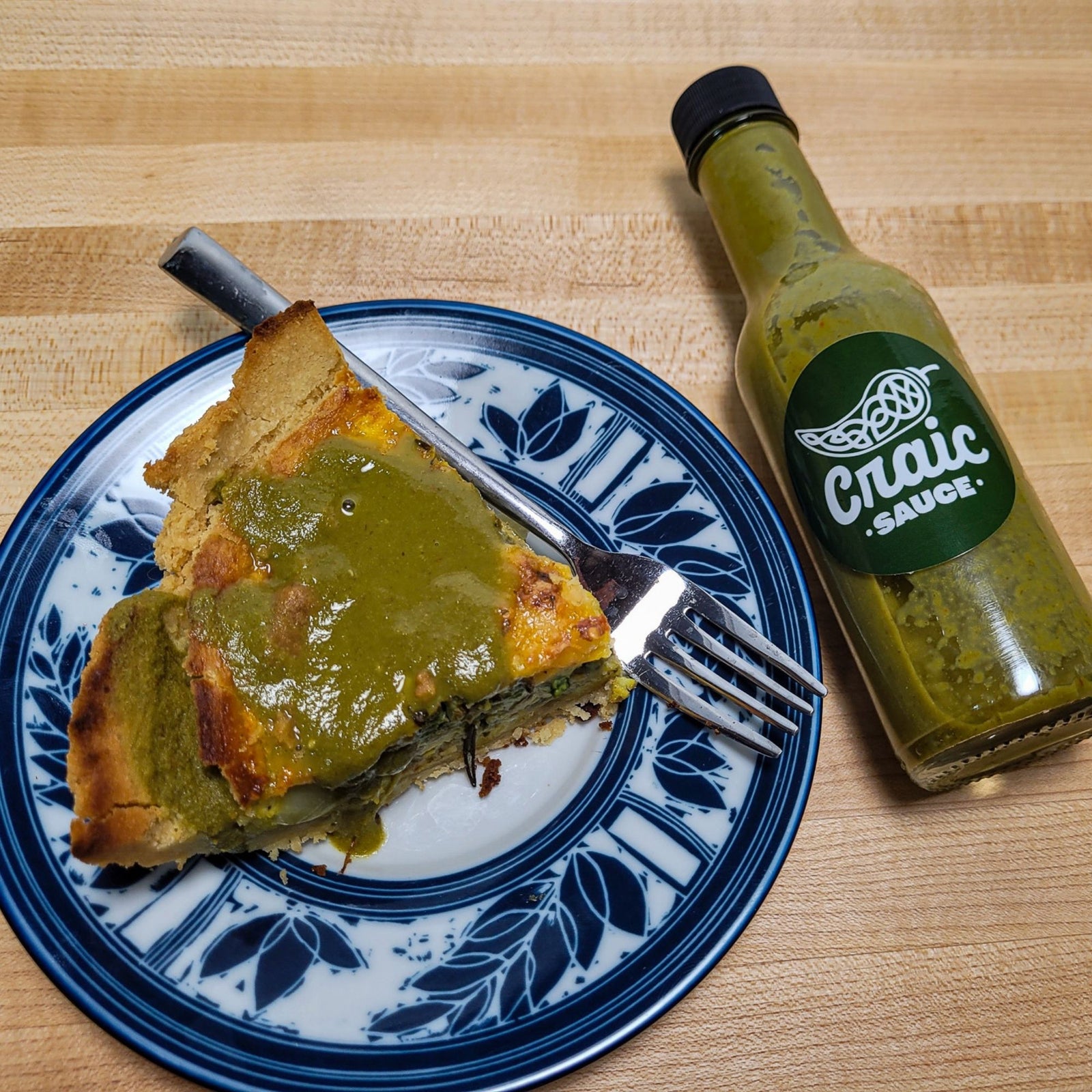


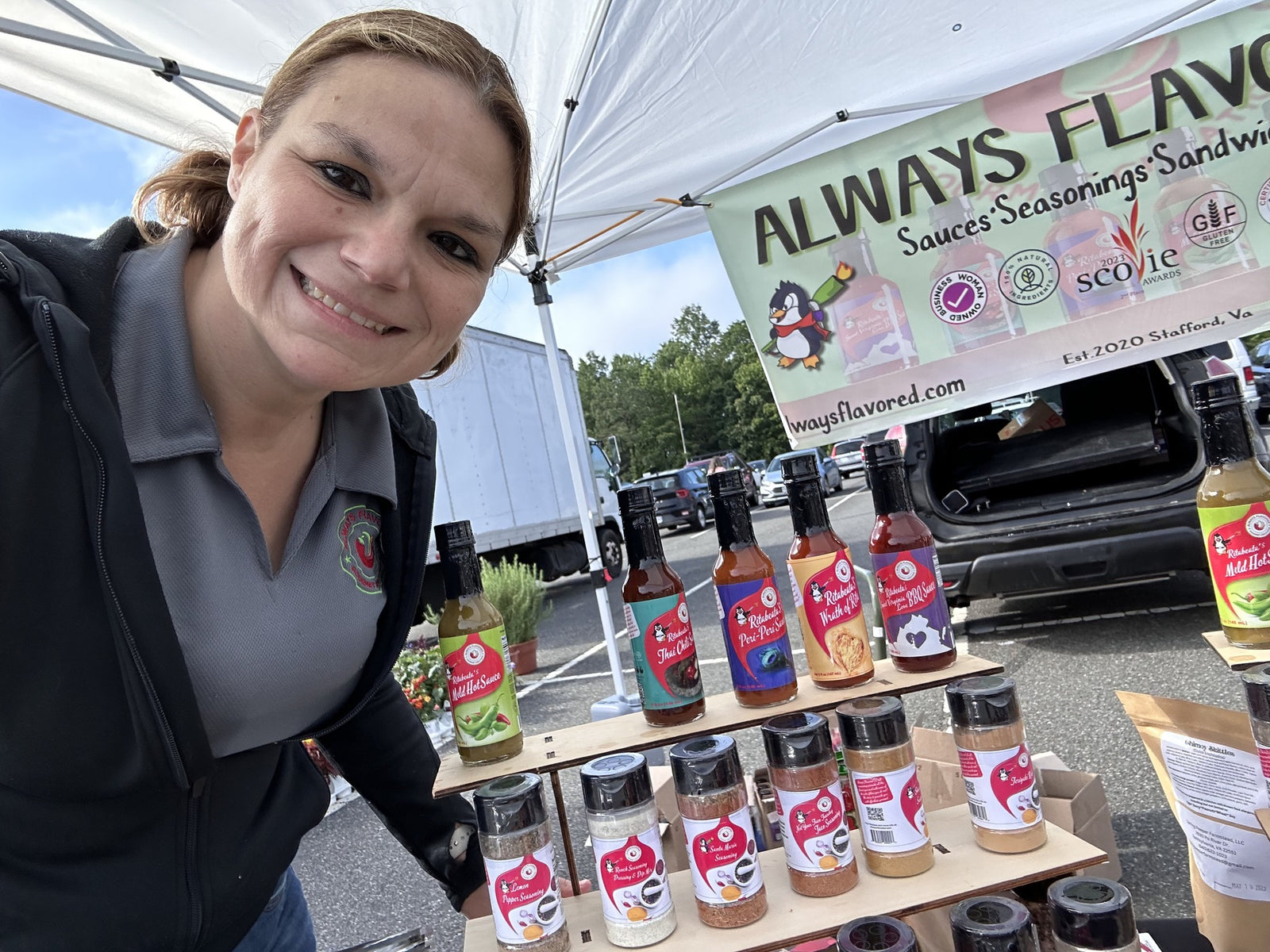


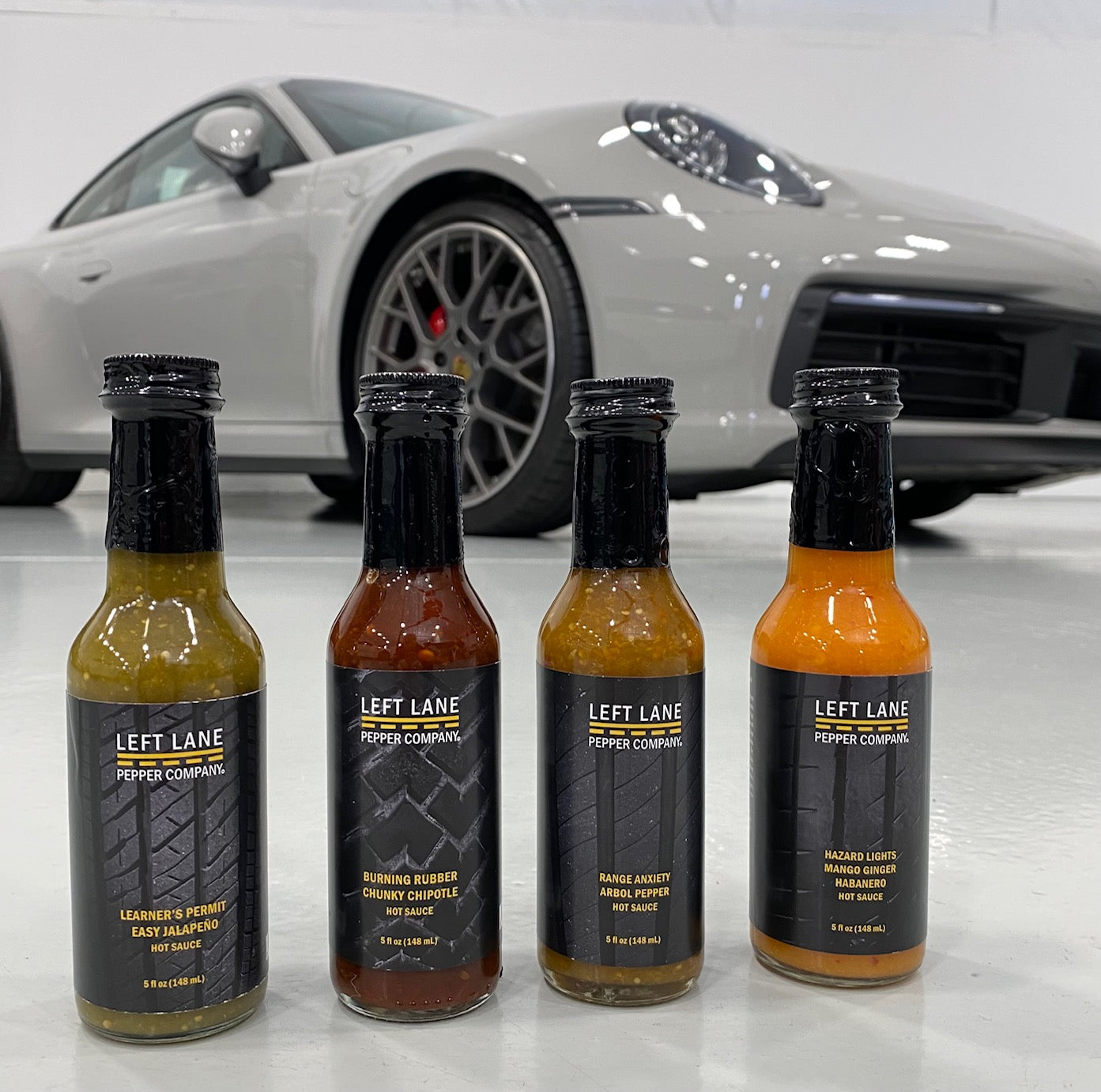

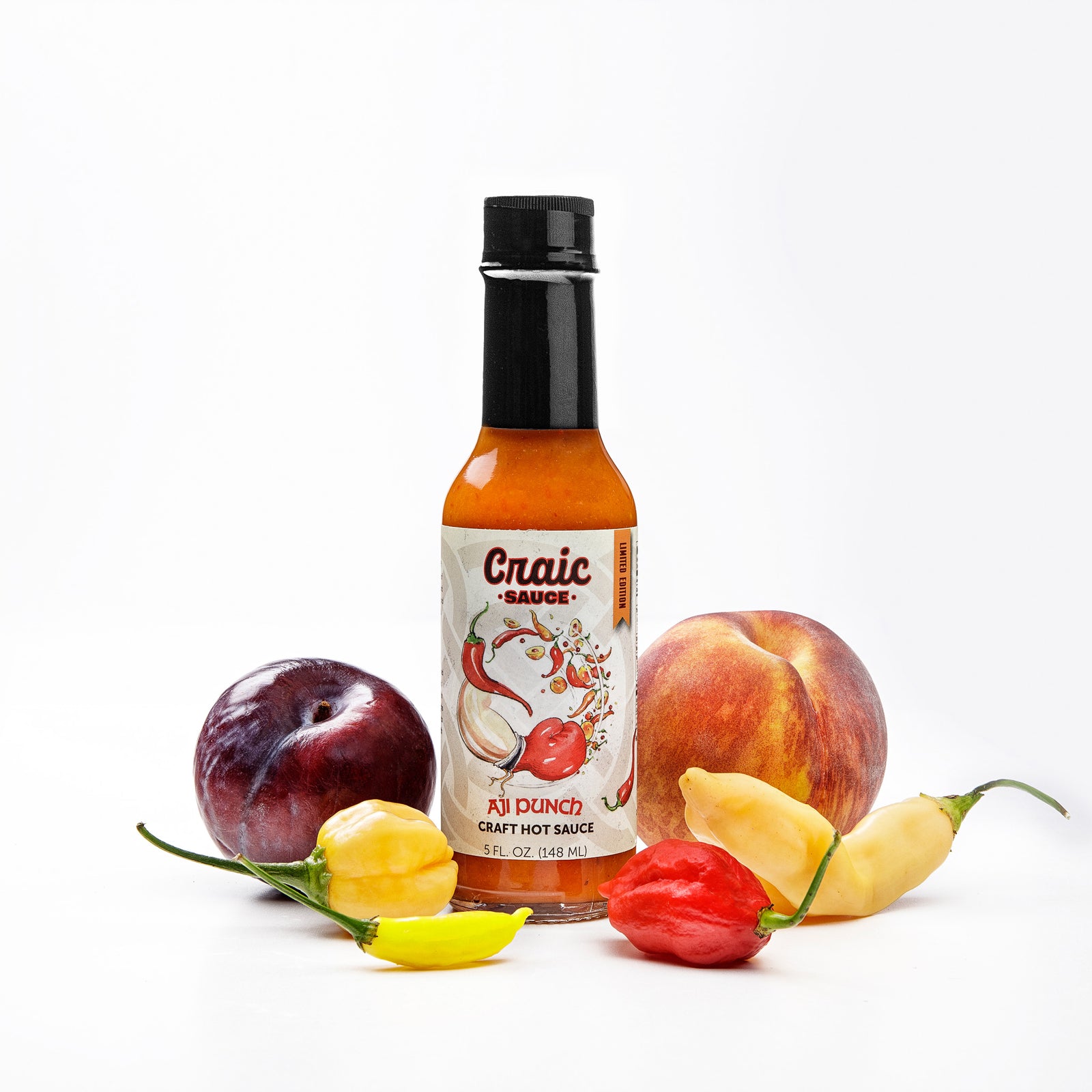
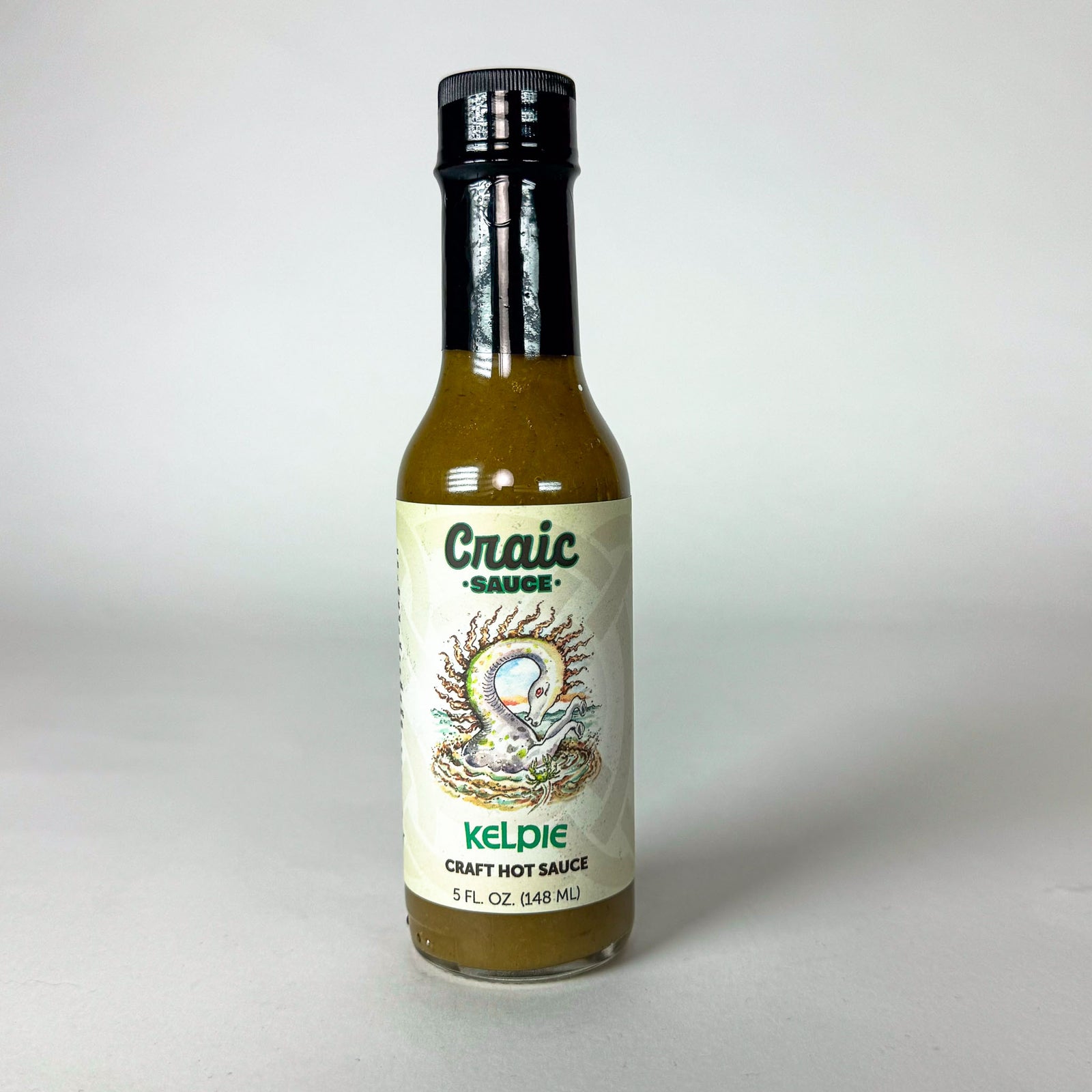
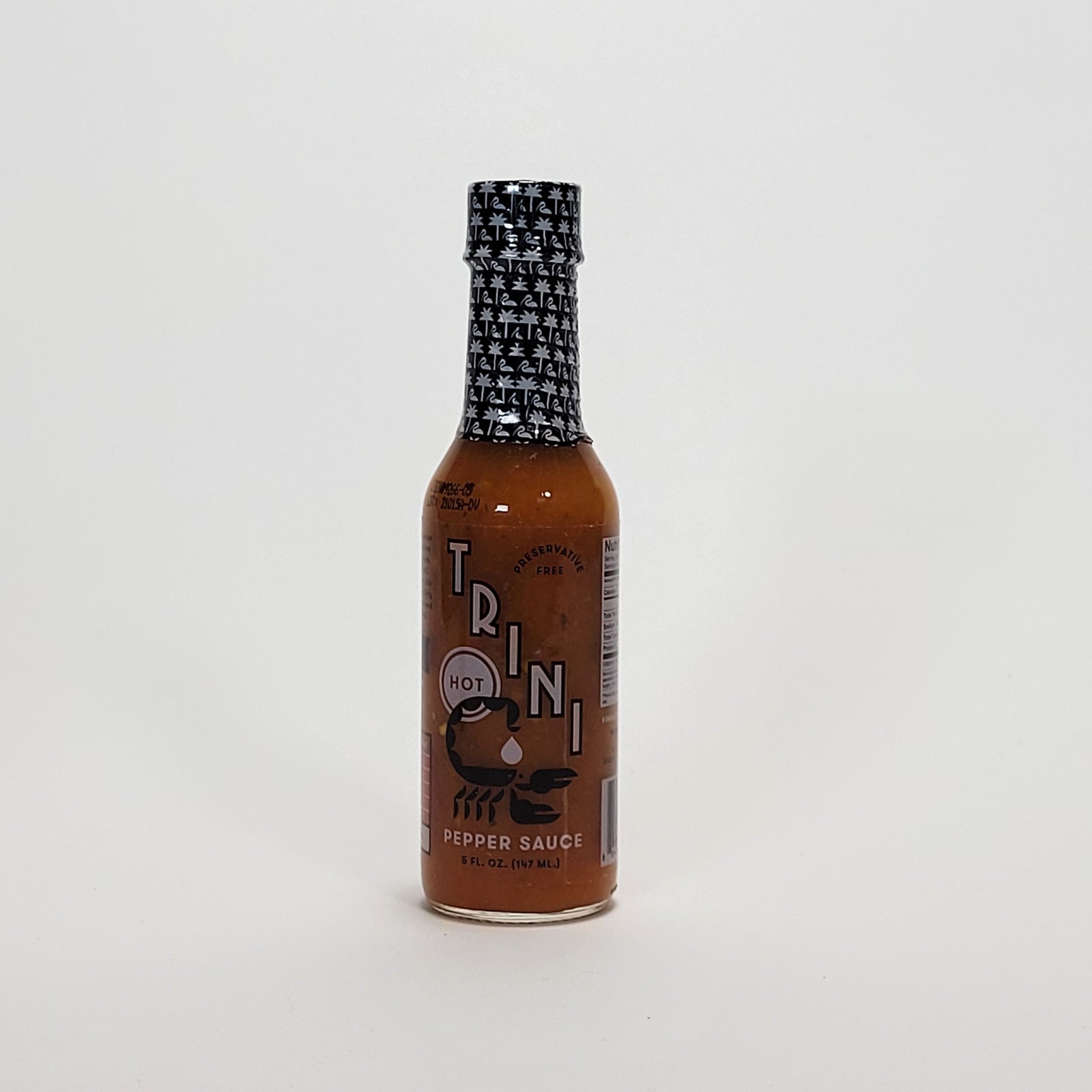
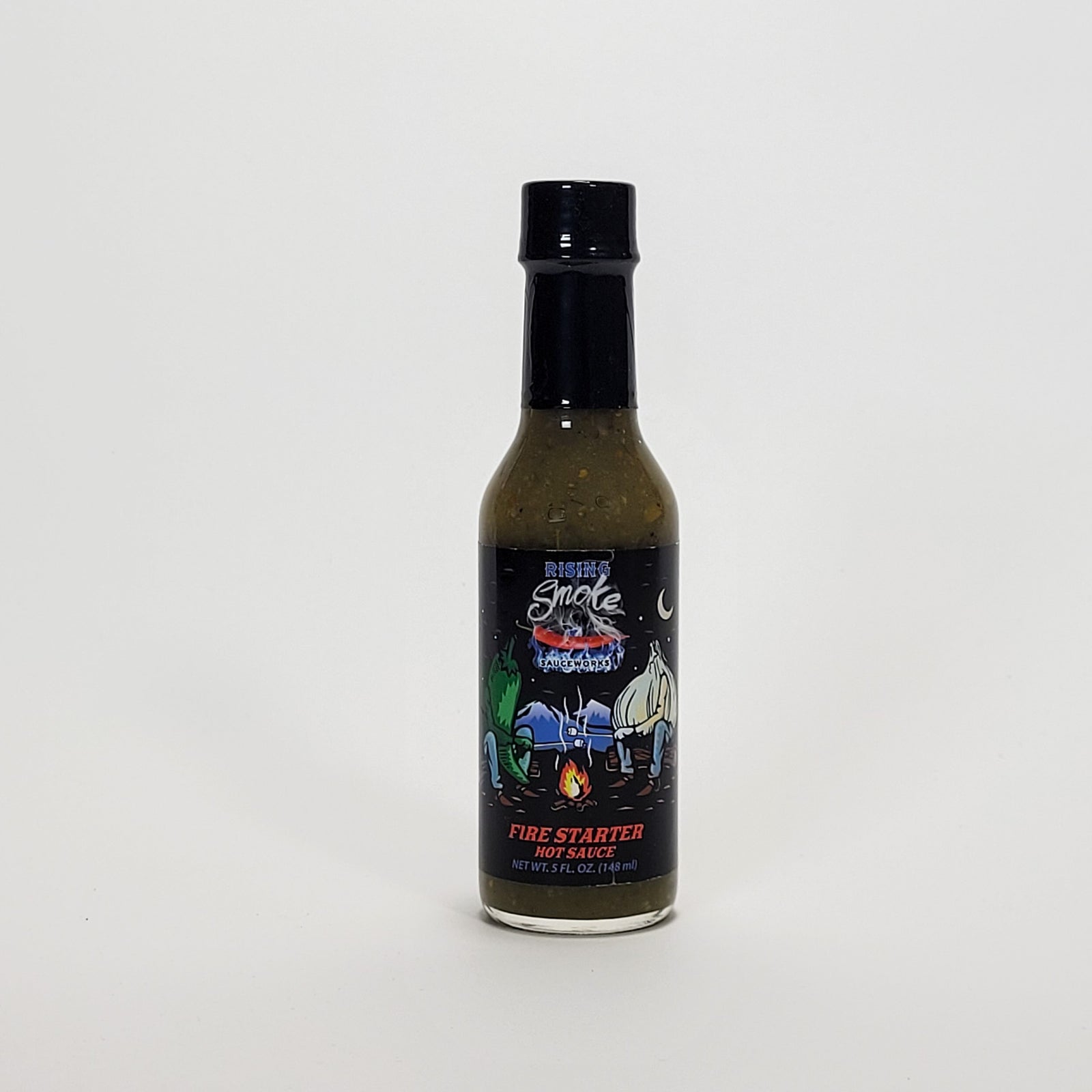
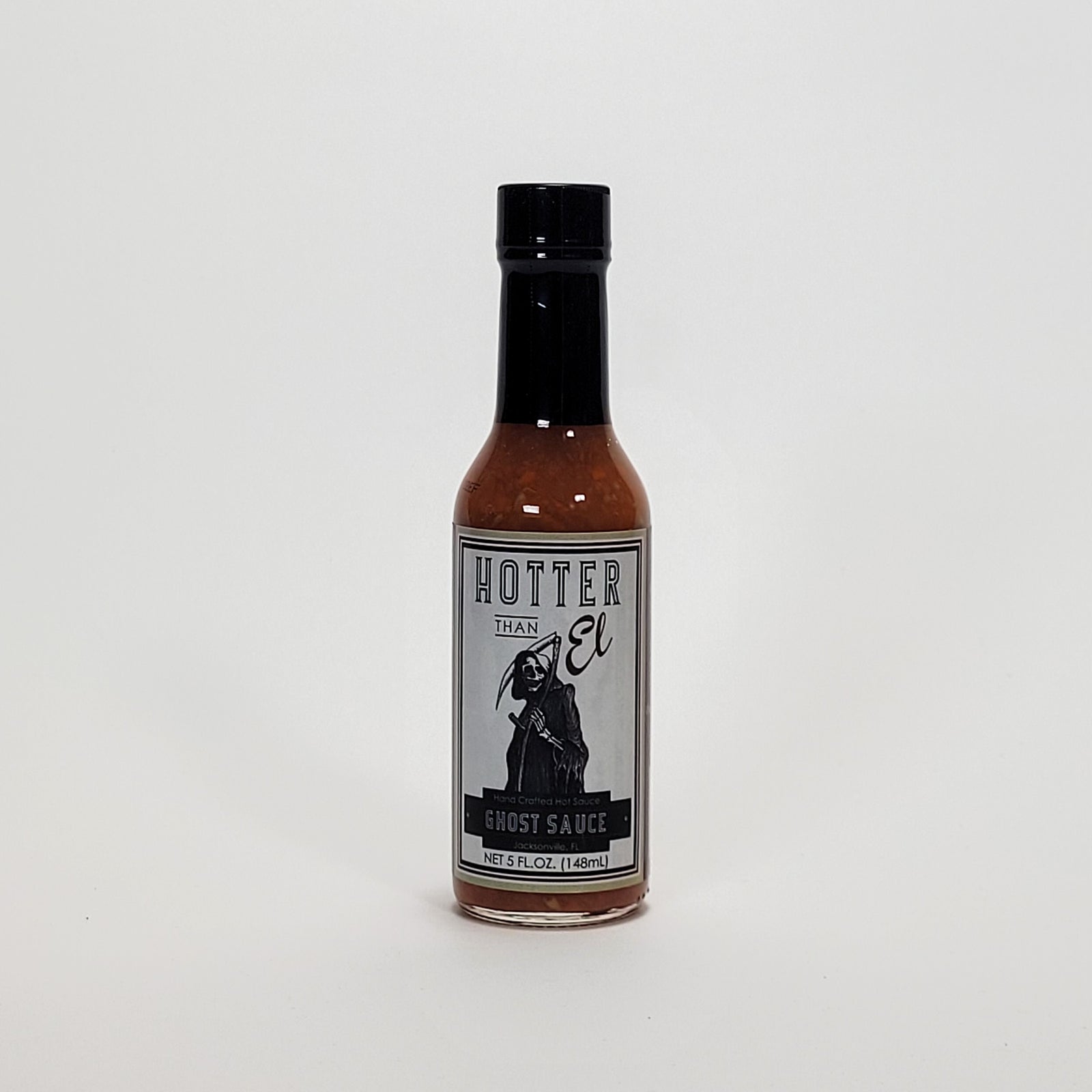
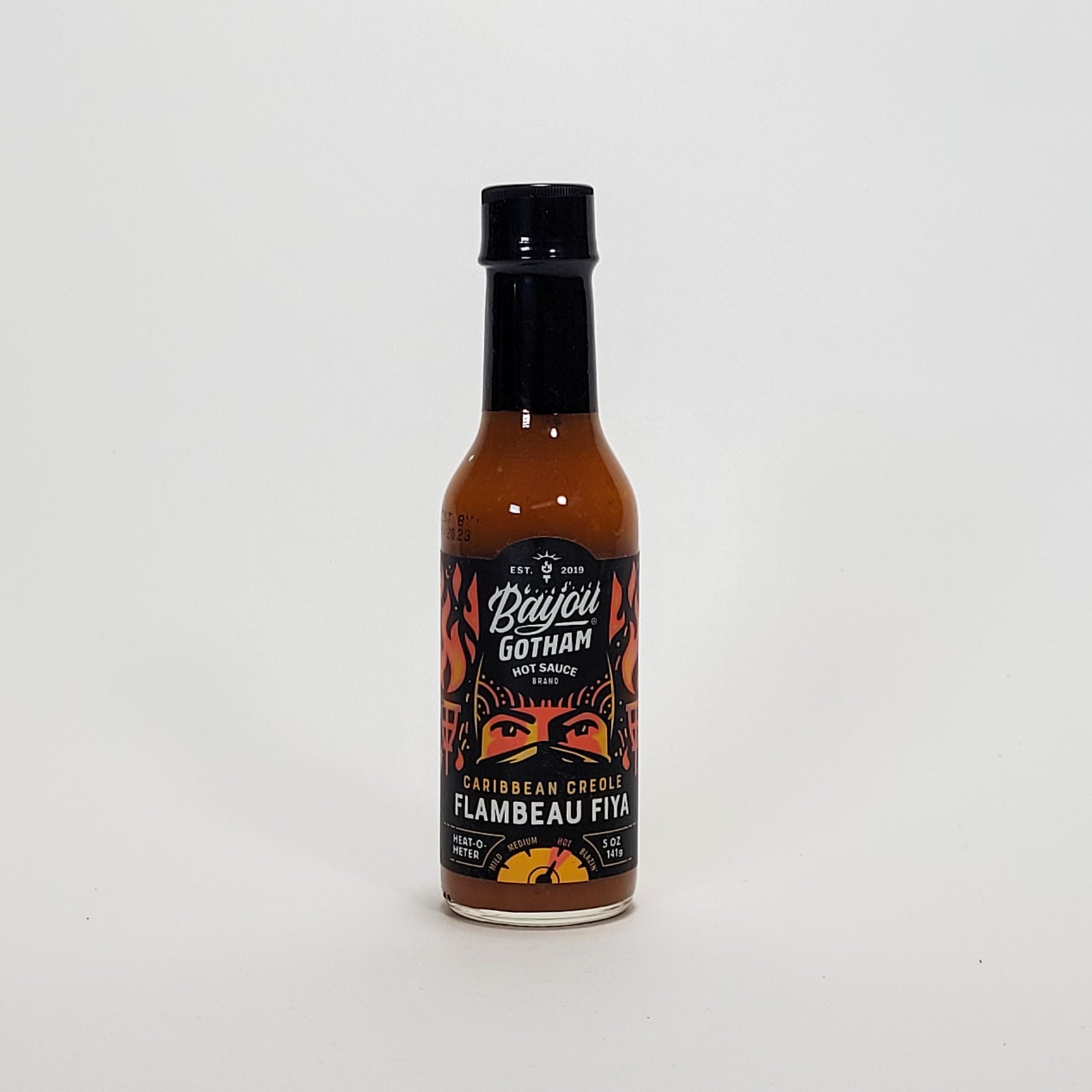

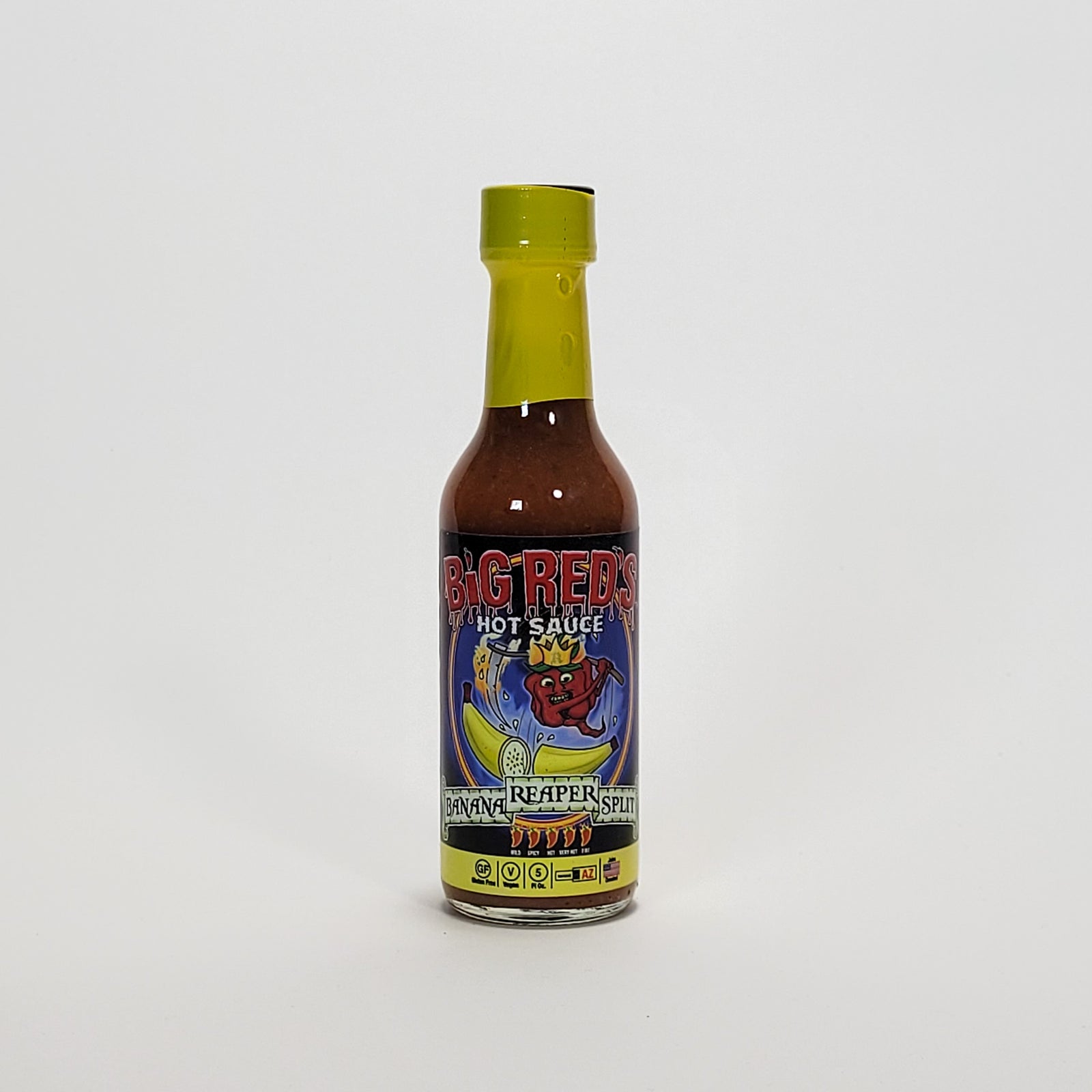

Leave a comment (all fields required)